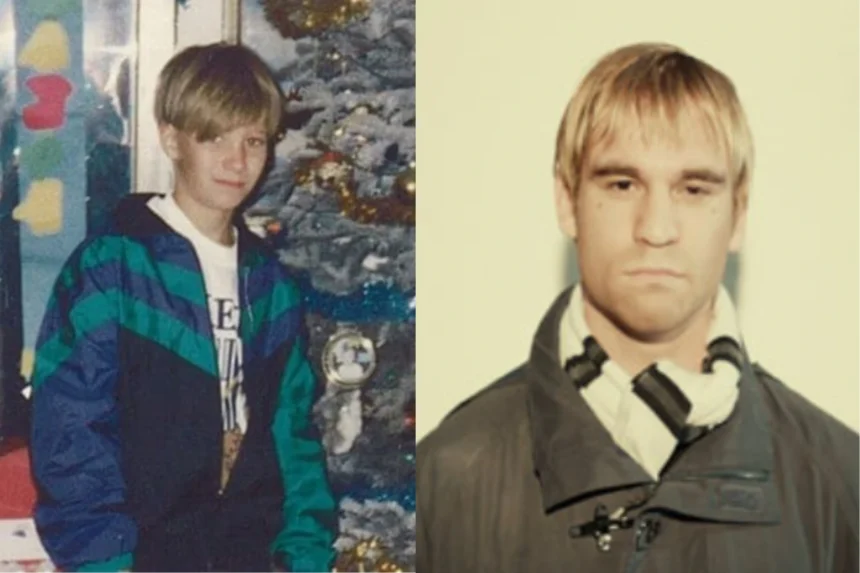When 13-year-old Nicholas Barclay vanished from San Antonio, Texas, in 1994, his family was left clinging to hope. Three years later, they believed that hope had been answered. Nicholas had returned home.
But the boy who moved into their house wasn’t Nicholas at all. He was a 23-year-old Frenchman named Frédéric Bourdin, a master of deception known as “The Chameleon.”
A Troubled Childhood
Nicholas Barclay didn’t have an easy life. He was born in 1980 and grew up in a family that had a lot of problems. His dad had a criminal record and things at home were often rough.
Nicholas was known for being a bit rebellious, he argued with adults, skipped school sometimes and didn’t always follow rules. He was small for his age but had a big, fiery personality. People who knew him said he could be tough to handle but he was also very lovable.
According to KSAT, On June 13, 1994, Nicholas left home to play basketball with friends. That evening, he called his mother from a payphone, asking for a ride. She was asleep, so he said he’d walk. He never arrived.
His disappearance left his family shaken and a large search began. Police and volunteers combed the area but no trace of Nicholas was found.
As months passed the case grew cold. News coverage dwindled, tips slowed and Nicholas’s name faded into missing persons files. For his family, the not knowing was torture.
The Rise of “The Chameleon”
Across the ocean, in France, Frédéric Bourdin was perfecting a dangerous skill: becoming someone else. Born in 1974, Bourdin had a childhood marked by instability. Raised mostly by his grandparents, he ran away often, drifting between group homes and foster care.
By his late teens, Bourdin discovered he could convincingly pretend to be a missing teenager. He’d tell officials heart-wrenching stories, sometimes claiming abuse and authorities often responded with sympathy, housing him in shelters or foster homes. This manipulation wasn’t about money or exploitation. Bourdin later admitted he craved connection, saying he felt safer as someone else.
Over the years, he assumed dozens of false identities across Europe. Police nicknamed him “The Chameleon” because of his ability to morph into different personas.
By 1997, he was in Spain, alone and searching for another identity to inhabit. That’s when he stumbled across the case of Nicholas Barclay.
Becoming Nicholas
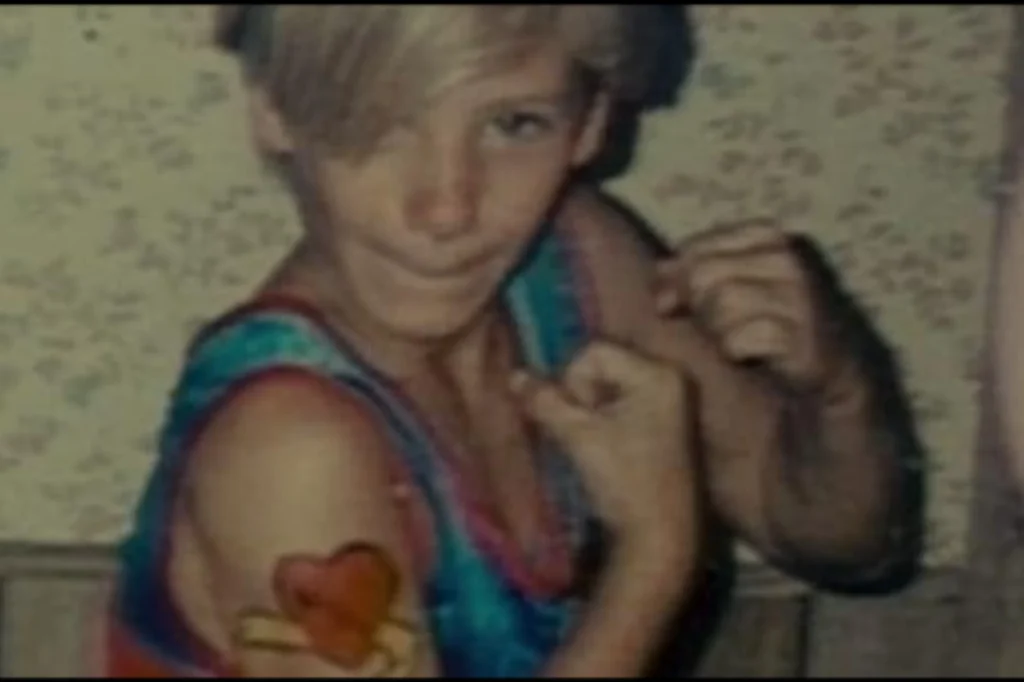
Bourdin later described his decision as impulsive. He called American authorities pretending to be a Spanish police officer who had found a missing boy. From there, he pieced together Nicholas’s story from missing persons databases and news reports.
But even with details, pulling this off was nearly impossible. Bourdin looked nothing like Nicholas. He was older, his eyes were brown, not blue and he spoke English with a thick French accent.
Still, he dyed his hair blond, gave himself tattoos with a needle and ink and even scarred his body with a razor to match Nicholas’s records.
To Spanish officials, Bourdin claimed he’d been kidnapped and forced into a child sex trafficking ring, where he’d endured years of abuse, per The Telegraph. His story was shocking and heartbreaking. Authorities were hesitant but eventually contacted the Barclay family.
Against all odds, the family wanted to believe. Nicholas’s older sister Carey Gibson spoke to Bourdin over the phone and despite his accent, she convinced herself it was her brother.
She asked, “My God, Nicky, is that you?” Bourdin, unsure how to reply, quietly said, “Yes, it’s me.”
Doubts Begin to Surface
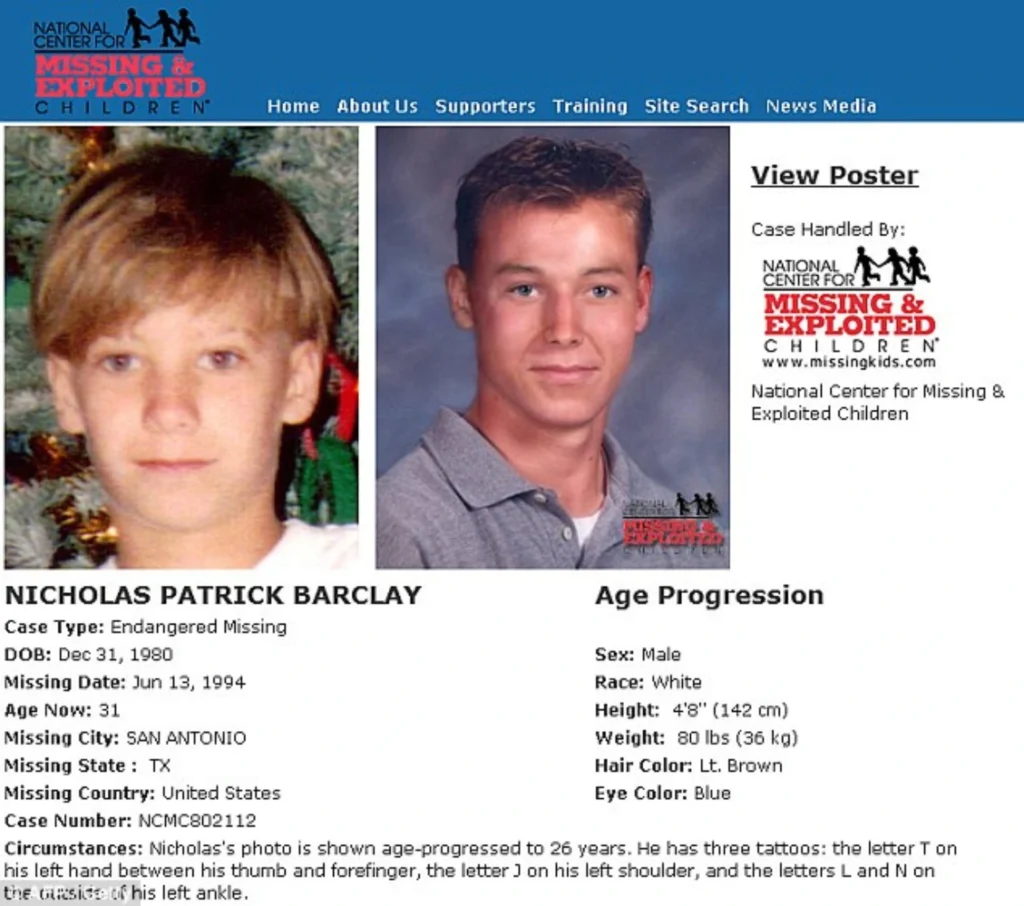
In October 1997, Bourdin boarded a plane to Texas. Cameras captured the emotional reunion at the airport as Nicholas’s mother, Beverly Dollarhide, hugged the boy she thought was her son.
For months, Bourdin lived with the Barclays. He attended school and settled into their lives but to outsiders, something felt wrong. The boy acted far older than 16. He seemed unfamiliar with basic family history and spoke with a strange accent. Still, the family clung to him, desperate to rewrite their loss.
The situation puzzled neighbors and classmates. How could a missing American boy suddenly return with brown eyes and a foreign accent? Yet the family insisted he was Nicholas and Bourdin skillfully avoided deep questioning.
The cracks in his disguise began to show when a private investigator, Charlie Parker, became involved. Parker was working with a TV crew on a story about Nicholas’s return. As he studied old photographs, one detail jumped out. The shape of Nicholas’s ears didn’t match Bourdin’s, The Guardian reports.
That suspicion led Parker to alert the FBI. By early 1998, agents had launched an investigation. In February, a judge approved a court order for Bourdin’s fingerprints and DNA.
The results confirmed everyone’s worst fear: this wasn’t Nicholas Barclay, it was Frédéric Bourdin, a 23-year-old Frenchman with a long history of impersonation.
News broke quickly, shocking both the public and the Barclays. Authorities arrested Bourdin, charging him with passport fraud and perjury.
The Fallout
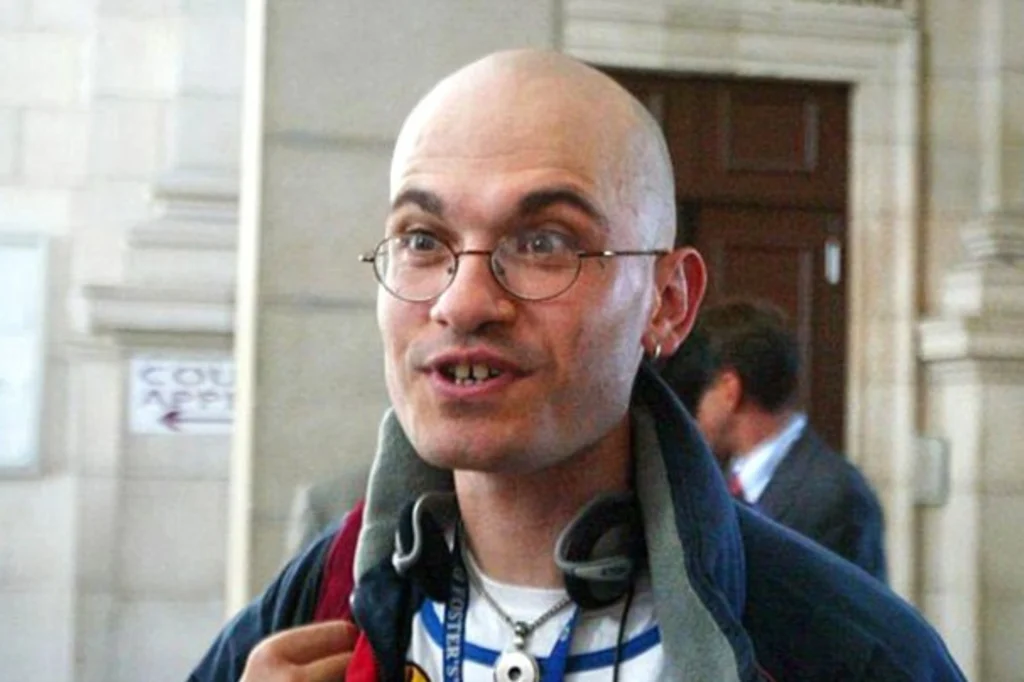
In September 1998, Bourdin pleaded guilty in a San Antonio court and received a six-year federal prison sentence, far longer than any punishment he’d faced before. After serving time, he was deported back to France where he continued impersonating missing children for years.
For the Barclay family, the truth was heartbreaking, they had welcomed a stranger into their home, thinking he was their missing boy. Finding out the truth hurt deeply and the pain was even worse because Nicholas was still missing.
Tragedy struck again when Nicholas’s half-brother, Jason, died of a drug overdose not long after Bourdin’s arrest. Some speculated Jason’s guilt or trauma played a role, but nothing was proven.
In a surprising turn, Bourdin said the family had killed Nicholas and only accepted him to hide it. Investigators found no evidence to support his claims and Nicholas’s disappearance remains unsolved.
A Mystery That Endures
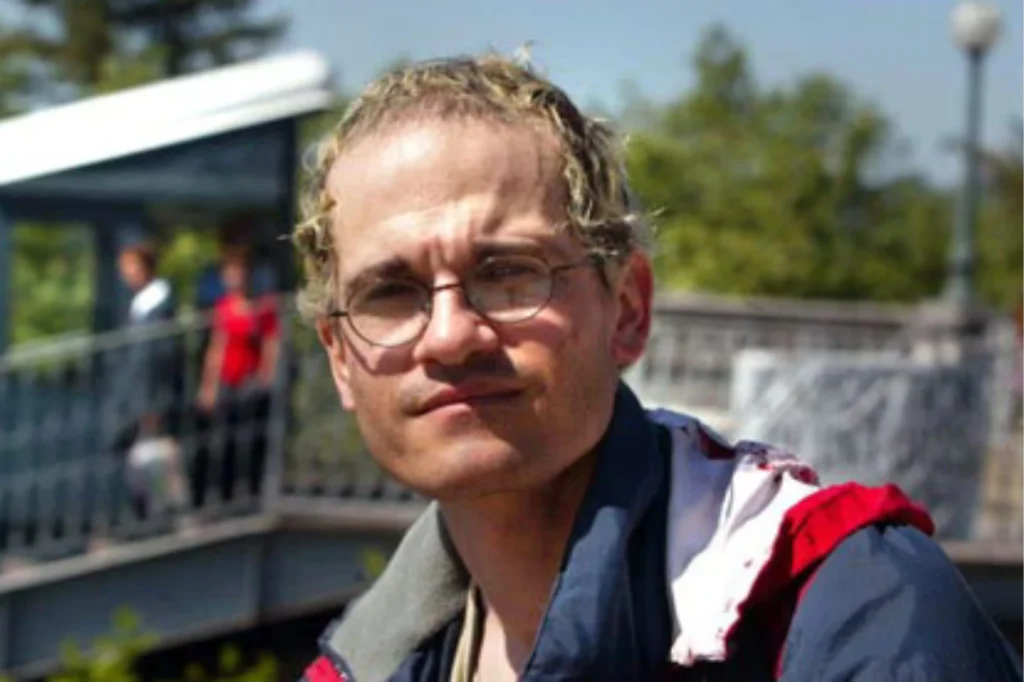
Psychologists and criminologists were fascinated by Bourdin’s story. He didn’t pretend to be others for money or power. He just wanted to feel like he belonged. He once said in an interview, “I didn’t feel loved. So I invented another life.”
His ability to convince families, police and social workers showed how grief can cloud judgment. Experts noted that families of missing children are especially vulnerable to deception, desperate for any sign of hope.
Nicholas’s case became the centerpiece of the 2012 documentary The Imposter which explored how Bourdin tricked so many people and how the Barclays’ longing for closure blinded them to reality, as noted by Wikipedia.
Nearly three decades after Nicholas disappeared, his fate is still unknown. The investigation has gone cold but his case continues to haunt true crime followers and investigators alike.
Bourdin, now older, has mostly stepped away from the spotlight, though his name is still synonymous with deception. The Barclays, meanwhile, have lived through a nightmare few could imagine—losing a son, briefly believing he’d come home and discovering they’d welcomed a stranger.
Nicholas Barclay’s disappearance is still a mystery and the boy who vanished in 1994 has never been found.

